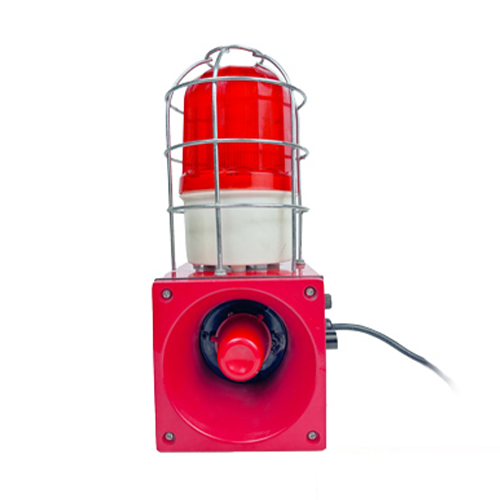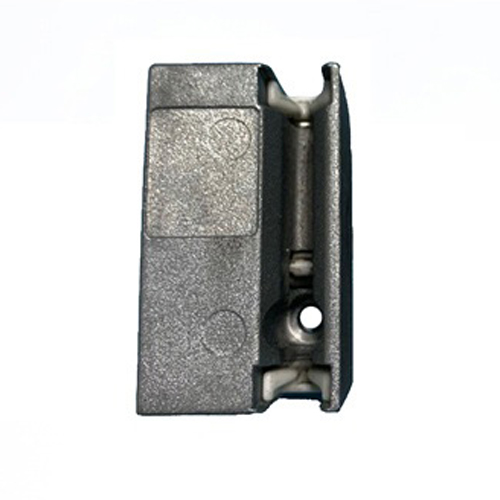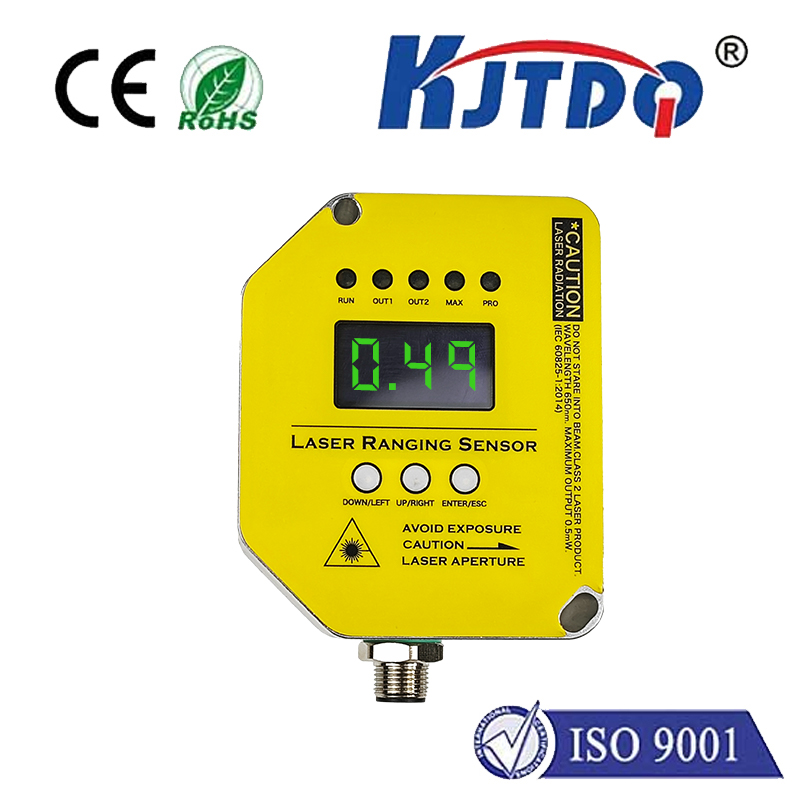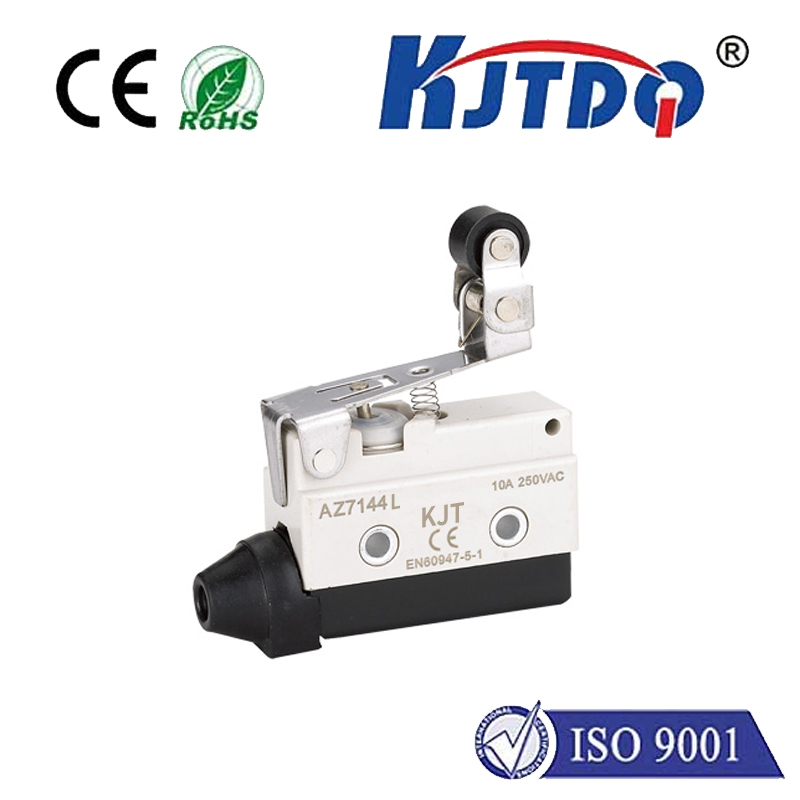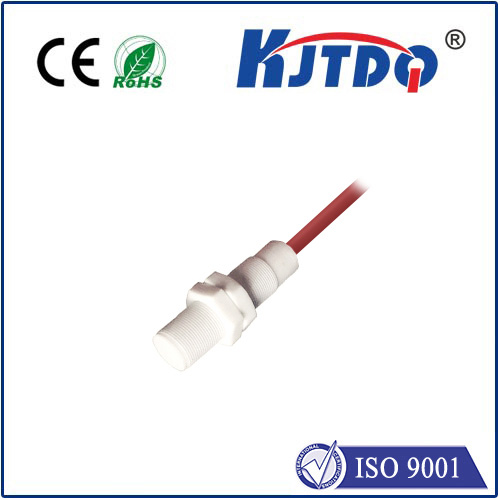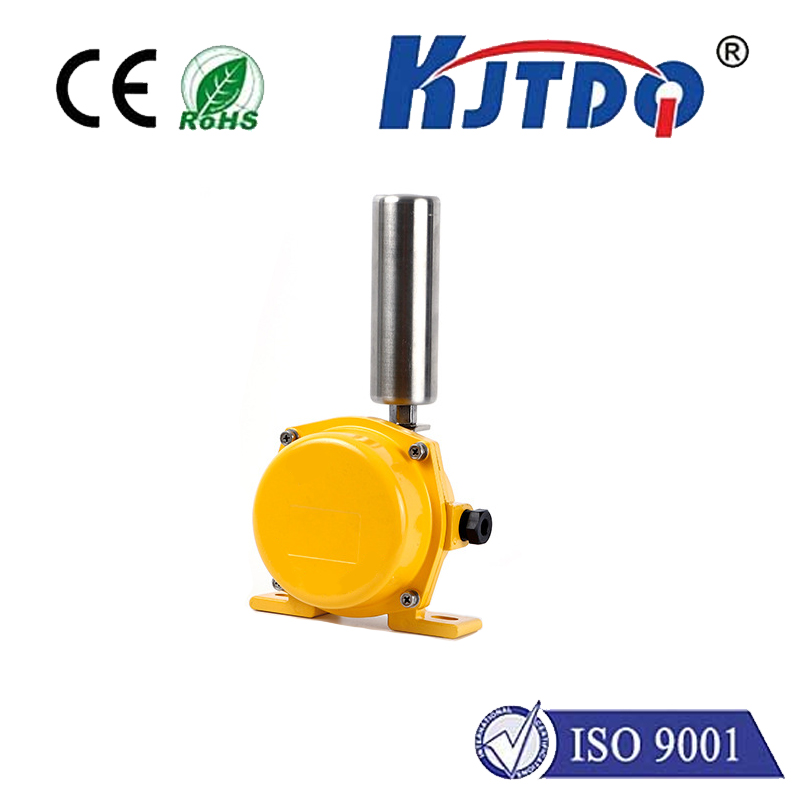z - ограничительный переключатель
- time:2025-08-07 02:41:32
- Нажмите:0
Z Limit Switch: The Unsung Safety Sentinel in Industrial Automation
Imagine a high-precision CNC machine carving intricate parts or a powerful gantry crane lifting massive loads. Now, picture the moment a critical axis reaches its absolute physical boundary. Without a silent guardian, catastrophic collision and costly damage would be inevitable. This is where the Z Limit Switch, often overlooked but utterly indispensable, leaps into action as the definitive safety checkpoint for mechanical systems.
Fundamentally, a Z limit switch is an electromechanical device strategically positioned at the extreme end of travel for the Z-axis within a machine or system. While ‘X’ and ‘Y’ typically define horizontal movement, the Z-axis predominantly governs vertical motion – think spindle plunge depth on a mill, table height adjustment, or the lowering arm of a robotic picker. Its primary mission is unambiguous: detect when the moving component along the Z-axis reaches its predefined upper or lower boundary, sending an immediate signal to halt all motion.
The Core Imperative: Defining Boundaries and Preventing Disaster
Why is defining this Z-boundary utterly critical? The consequences of exceeding it are severe:

- Collision Prevention: Without a functioning Z limit switch, a drilling spindle exceeding its programmed plunge could smash into the machine bed or the workpiece fixture. Similarly, a robot arm lowering too far could crush itself against the conveyor or grounded part. The resultant damage to tooling, workpieces, and machine structures is often extensive and costly.
- Equipment Protection: Machinery components, especially precision ball screws, linear guides, and servo motors, are engineered to operate within specific mechanical limits. Forcing movement beyond these boundaries applies extreme loads, causing immediate failure or accelerated, irreversible wear.
- Safety Assurance: In applications involving moving platforms, lifts, or presses, an uncontrolled descent beyond the safe limit poses significant danger to operators and surrounding equipment. The Z limit switch provides a vital hardware safety interlock.
Beyond Emergency Stop: Enabling Precision and Repeatability
While its safety role is paramount, the Z limit switch also plays a subtle yet crucial role in precision engineering:
- Machine Homing/Reference Point: Many systems utilize the physical position detected by the Z limit switch as an absolute reference point (often called ‘machine zero’). Upon startup, the machine deliberately seeks and gently activates this switch. This critical process eliminates positional drift caused by encoder miscounts or power interruptions, ensuring the entire coordinate system is precisely recalibrated for consistent accuracy.
- Coordinate System Establishment: Following homing, the machine control establishes its coordinate system relative to this verified physical datum. This is fundamental for repeatable positioning accuracy across production runs.
Key Characteristics Defining Performance and Reliability
Not all Z limit switches are created equal. Selecting the right one demands careful consideration of several factors:
- Actuation Method: Options include robust lever arms for mechanical engagement, precision roller plungers for direct linear contact, and non-contact proximity sensors (inductive, capacitive, optical) offering wear-free operation in dirty or vibration-heavy environments. The choice depends on required repeatability accuracy, operating speed, and environmental conditions.
- Enviromental Resilience: Industrial settings are harsh. Essential protective ratings include IP67 (dustproof and waterproof) sealing and robust designs capable of withstanding extreme temperatures, oil/coolant immersion, intense vibration, and physical impacts. High-quality materials like stainless steel housings are often crucial.
- Electrical Specifications: Matching the switch’s voltage/current rating (commonly 24VDC or 120/240VAC) and contact configuration (Normally Open, Normally Closed, Changeover) to the machine’s control circuitry is essential for reliable triggering and seamless integration.
- Durability and Lifespan: Mechanical switches boast high contact ratings but have finite mechanical life (often millions of cycles). Non-contact options offer theoretical infinite life, crucial near constantly homing axes. Robust construction ensures longevity under demanding industrial cycles.
Where the Silent Sentinel Stands Guard: Common Applications
The Z limit switch is ubiquitous in automated environments demanding safety and precision:
- CNC Machining Centers: Defining spindle upper/lower limits to protect spindles, tool changers, and tables.
- 3D Printers: Preventing the nozzle from crashing into the print bed.
- Industrial Robots: Setting safe extension/retraction limits for end effectors and arm segments.
- Material Handling Systems: Limiting vertical travel for palletizers, stackers/cranes, and automated lifts.
- Presses and Molding Machines: Establishing safe opening/closing heights and press ram limits.
- Test Equipment: Defining precise start/end points for measurement probes or actuators.
- Packaging Machinery: Controlling the height of filling heads or sealing mechanisms.
From the relentless precision of a CNC spindle to the powerful descent of a hydraulic press, the Z limit switch stands as a fundamental safeguard. Far more than just a simple stopper, it embodies the critical intersection of operational safety, equipment longevity, and repeatable precision. By reliably defining the absolute boundaries of vertical travel, this unassuming component ensures that automation moves forward powerfully, productively, and safely. Its silent vigilance is fundamental to the seamless, reliable operation that defines modern industry.


